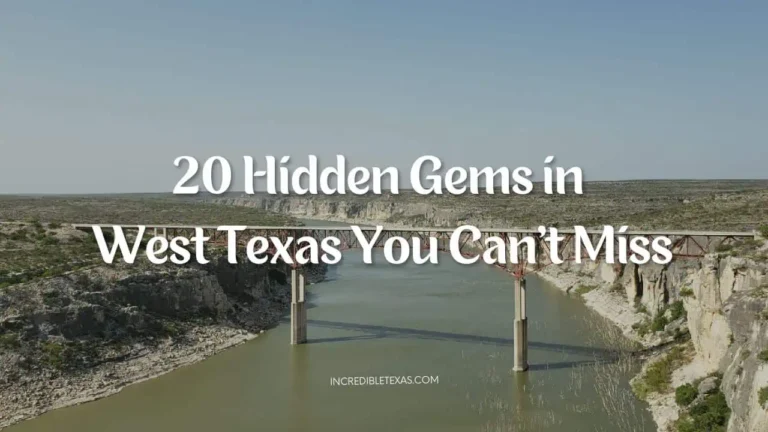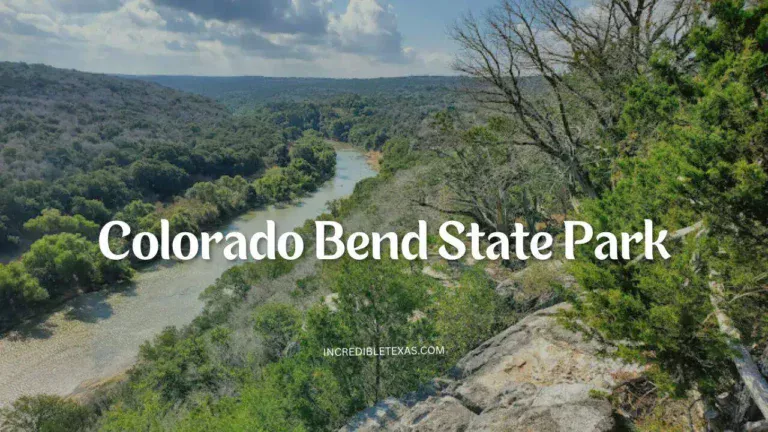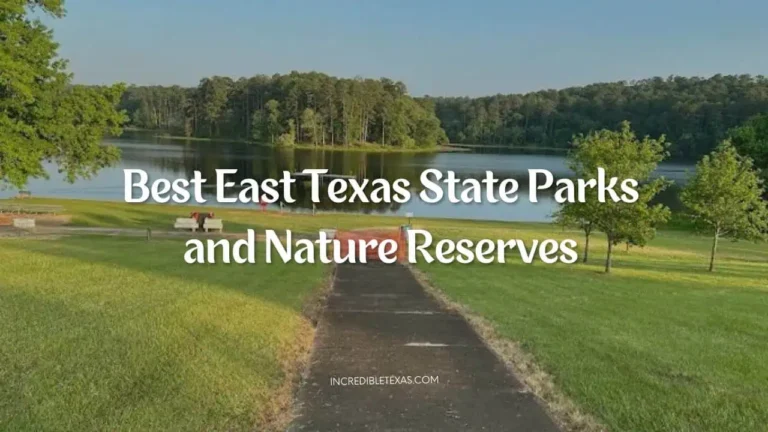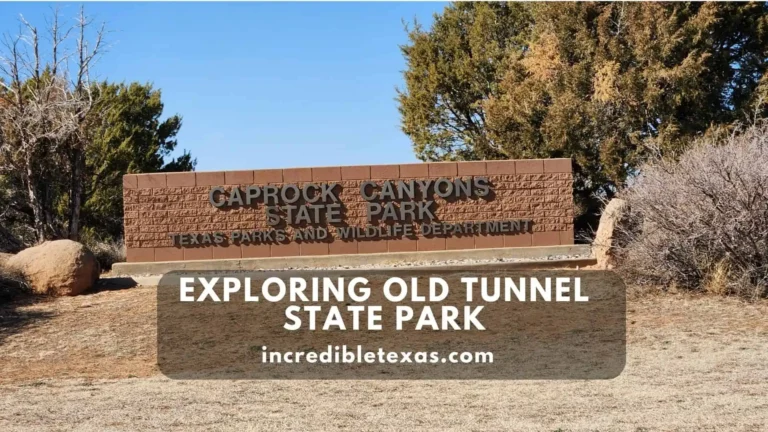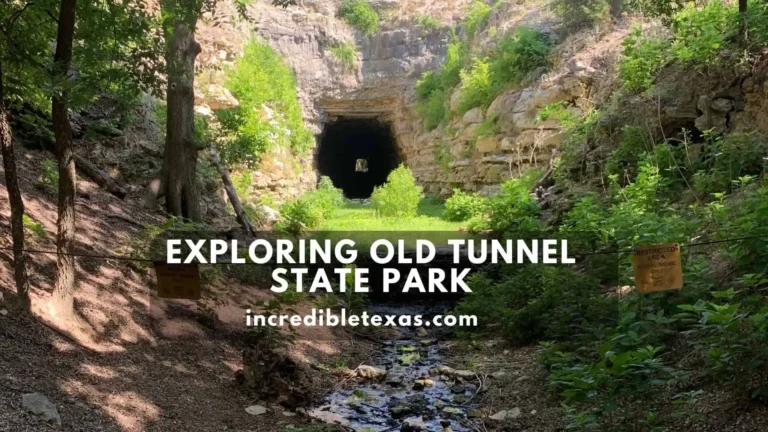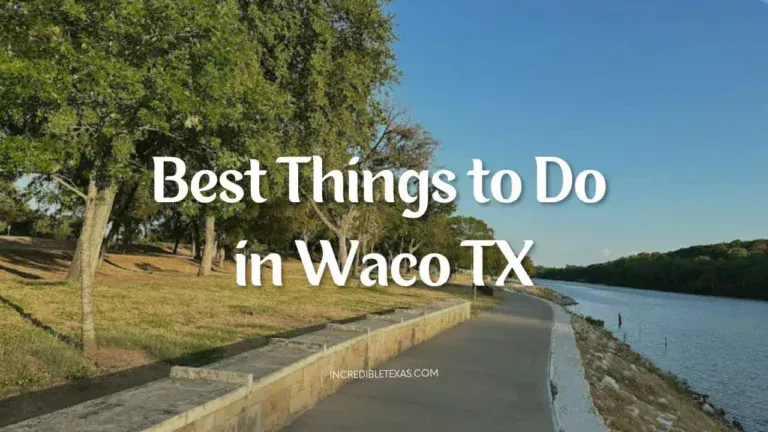Best Things to Do in Big Bend Ranch State Park: Camping, Hiking Trails, River Activities and Tips
Imagine escaping to a land where the rugged desert meets the serene flow of rivers—Big Bend Ranch State Park offers this unique blend of adventure and tranquility. This expansive Texas state park serves as a haven for outdoor enthusiasts eager to explore its vast landscapes through camping, hiking, and river rafting.
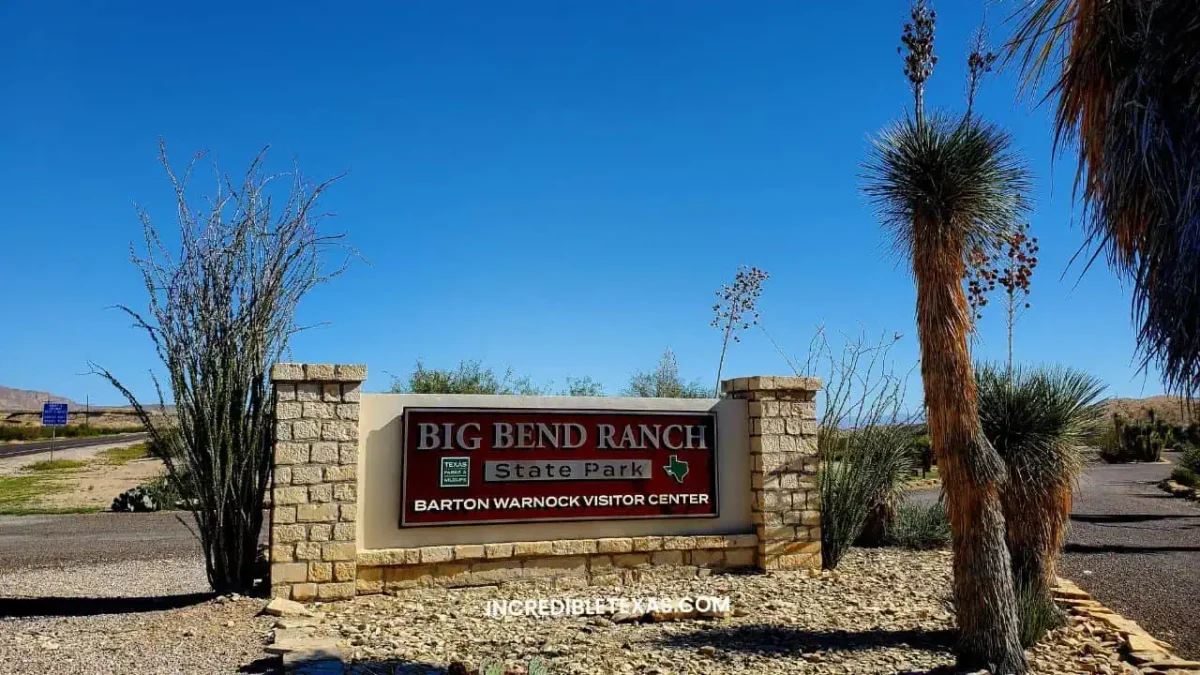
In this guide, we’ll uncover the best activities to engage in while visiting the park, from traversing its scenic hiking trails to cooling off with river activities and sharing practical tips to enhance your experience.
Prepare to immerse yourself in nature and adventure in one of Texas’s most treasured outdoor destinations.
See also: Best Things to Do at Big Bend National Park
Hiking Trails at Big Bend Ranch State Park
Big Bend Ranch State Park is a treasure trove for hiking enthusiasts, offering a vast expanse of rugged trails that traverse the Chihuahuan Desert. With 238 miles of multi-use trails, this park is a paradise for those looking to explore on foot, bike, or horseback.
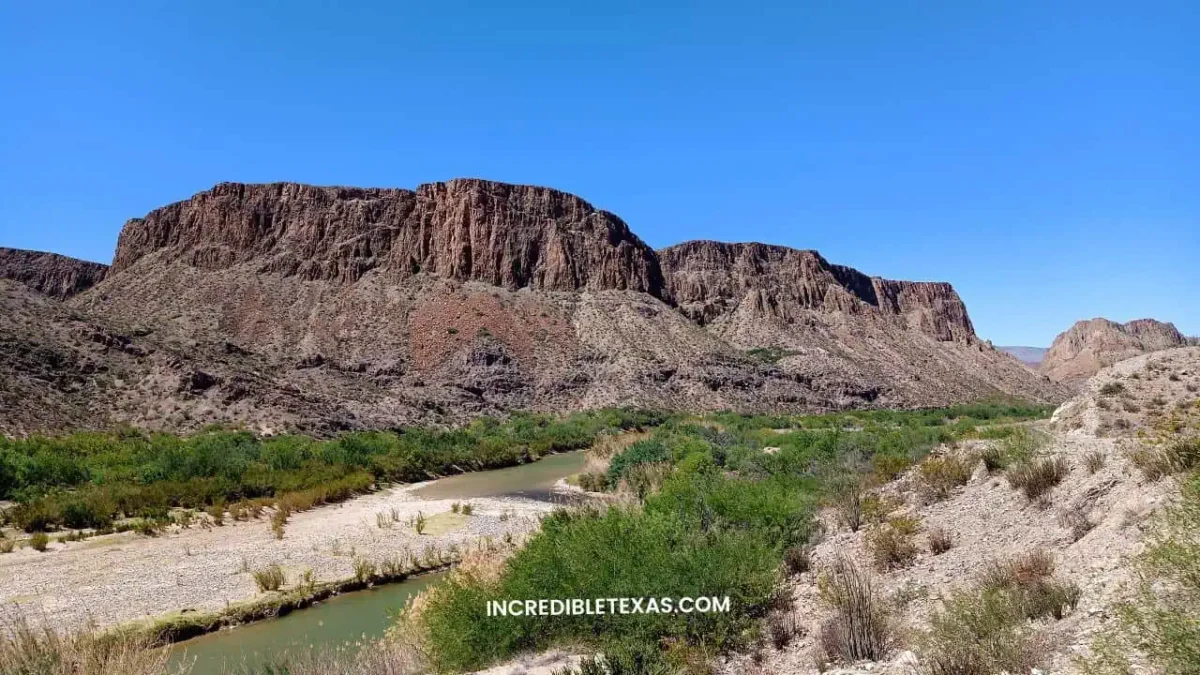
Popular Hiking Trails
Solitario Loop Trail
The Solitario Loop Trail is a must-do for avid hikers. This moderately difficult trail spans approximately 10 miles and takes you through the heart of the Solitario, a massive geological formation.
Along the way, you’ll encounter diverse landscapes, including volcanic rock formations and expansive desert vistas. Key landmarks include the Solitario’s central basin and stunning views of the surrounding mountains.
Fresno Divide Trail
For those looking for a bit more challenge, the Fresno Divide Trail offers unique terrain and breathtaking vistas. This 9.5-mile trail is rated difficult and takes you through a variety of landscapes, from rocky inclines to lush creek beds.
The highlight of this trail is the Fresno Cascades, where the creek tumbles down rock outcrops lined with large cottonwood trees—a perfect spot for a rest and a bite to eat.
Contrabando Multi-use Trail
The Contrabando Multi-use Trail is perfect for hiking, biking, and horseback riding. This extensive network of trails covers over 25 miles, with the main trail stretching from the trailhead to the historic Crawford-Smith House.
Along the way, you’ll pass through open desert, cross creeks, and climb gentle elevations that offer panoramic views of the park. Points of interest include the ruins of old mines and the Fresno Cascades.
Tips for Hikers
The ideal times to hike in Big Bend Ranch State Park are during the cooler months—spring, fall, and winter. Summer can be extremely hot, with temperatures often soaring above 100°F, making hiking potentially dangerous.
Big Bend Ranch State Park River Activities
The Rio Grande River is the lifeblood of Big Bend Ranch State Park, winding through rugged canyons and providing a serene escape from the desert landscape. The river offers a variety of activities, from peaceful canoeing and kayaking to thrilling white-water rafting.
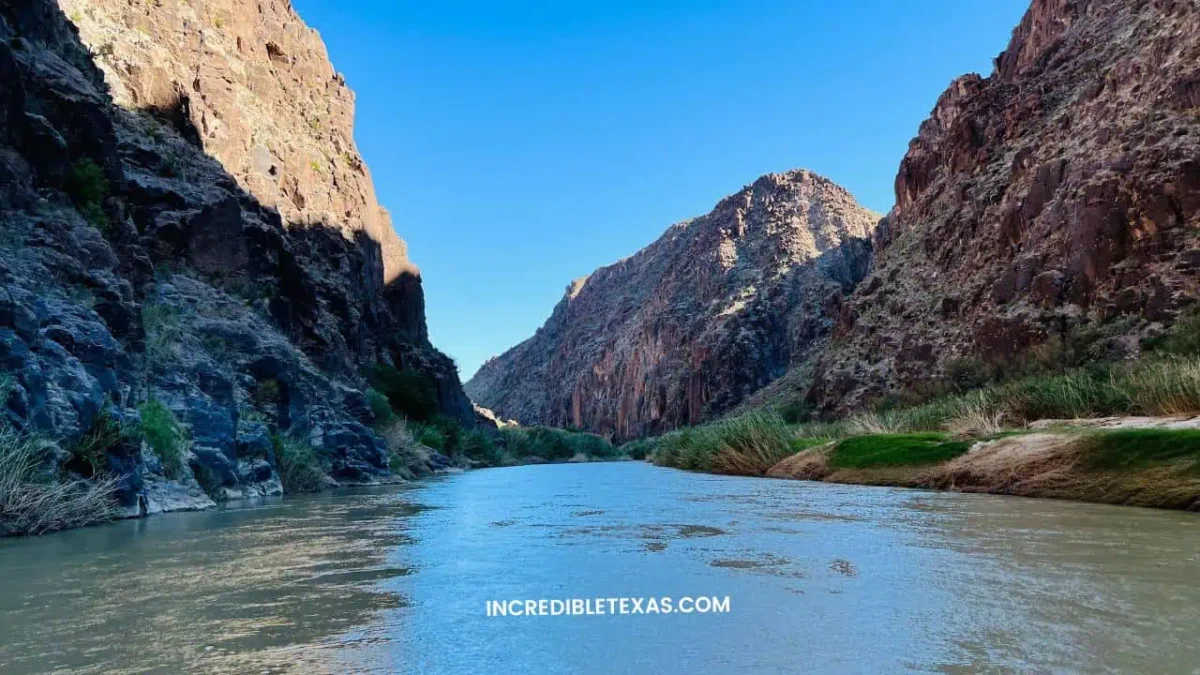
Canoeing and Kayaking
One of the best ways to experience the Rio Grande is by canoe or kayak. The river’s calm stretches are perfect for beginners, while more experienced paddlers can tackle sections with rapids for an adrenaline rush.
Best Sections of the River
- Colorado Canyon: This section is ideal for those looking for a mix of tranquility and excitement. It features Class II and III rapids, making it suitable for both novices and seasoned paddlers. The canyon’s volcanic rock formations provide a stunning backdrop.
- Hot Springs Canyon: This stretch offers a unique blend of relaxation and adventure. Start by floating through the open desert, stop for a soak in the hot springs, and continue through scenic canyons with views of the Sierra Del Carmen Mountains.
- Dark Canyon: Perfect for a shorter trip, this stretch is family-friendly and offers beautiful scenery without the challenge of intense rapids. Ideal for a morning or afternoon float
Rental Options and Guided Tours
Several local outfitters provide equipment rentals and guided tours to make your river adventure hassle-free:
- Big Bend Boating and Hiking Company: Offers a variety of guided trips ranging from two hours to multi-day adventures. They provide all necessary gear and ensure a safe and enjoyable experience.
- Far Flung Outdoor Center: Located near Terlingua, this outfitter offers both equipment rentals and guided trips. They cater to all skill levels and can customize trips based on your preferences.
Fishing Opportunities
Fishing in the Rio Grande offers a peaceful retreat with a chance to catch a variety of fish. The river’s ecosystem supports several species, making it a great spot for anglers.
Popular Spots for Fishing
- Colorado Canyon: Known for its deeper waters and varied fish population, this area is a favorite among anglers. The canyon’s unique geology also adds to the experience.
- Fresno Creek: This quieter section offers a serene fishing environment, perfect for those looking to escape the more crowded areas. It’s also a great spot to observe local wildlife.
Types of Fish and Regulations
The Rio Grande hosts species like largemouth bass, catfish, and various sunfish. It’s important to follow local regulations to protect the river’s ecosystem:
- Licensing: Make sure to have a valid Texas fishing license.
- Catch and Release: Practice catch and release to help maintain the fish population.
- Regulations: Check specific rules for each section of the river, as they can vary.
See also: Top 10 Best State Parks in Texas for Camping, Hiking, Fishing, and RV
Big Bend Ranch State Park Scenic Drives and Overlooks
Exploring Big Bend Ranch State Park by car is an adventure in itself. The park’s expansive terrain, characterized by rugged mountains and desert landscapes, is best experienced through its scenic drives.

These routes offer breathtaking views, unique geological formations, and numerous photo opportunities. Driving through the park allows visitors to cover more ground and see the park’s diverse beauty without the physical strain of hiking.
Detailed Descriptions of Notable Drives
River Road (FM 170)
River Road (FM 170), also known as El Camino del Rio, is one of the most scenic drives in Texas. This 50-mile stretch between Lajitas and Presidio hugs the Rio Grande, offering stunning views of the river, desert hills, and distant mountains. Key viewpoints along this route include:
- Mule Ears Viewpoint: Known for its twin peaks resembling mule ears, this spot offers panoramic views perfect for photos.
- Closed Canyon: A short hike from the road leads to this narrow, picturesque canyon.
- Hoodoos: Strange rock formations that provide an excellent backdrop for photography.
The drive is not heavily trafficked, ensuring a peaceful journey through some of the most beautiful terrain in the park. Make sure your gas tank is full, and bring plenty of water and snacks as there are no services along this remote road.
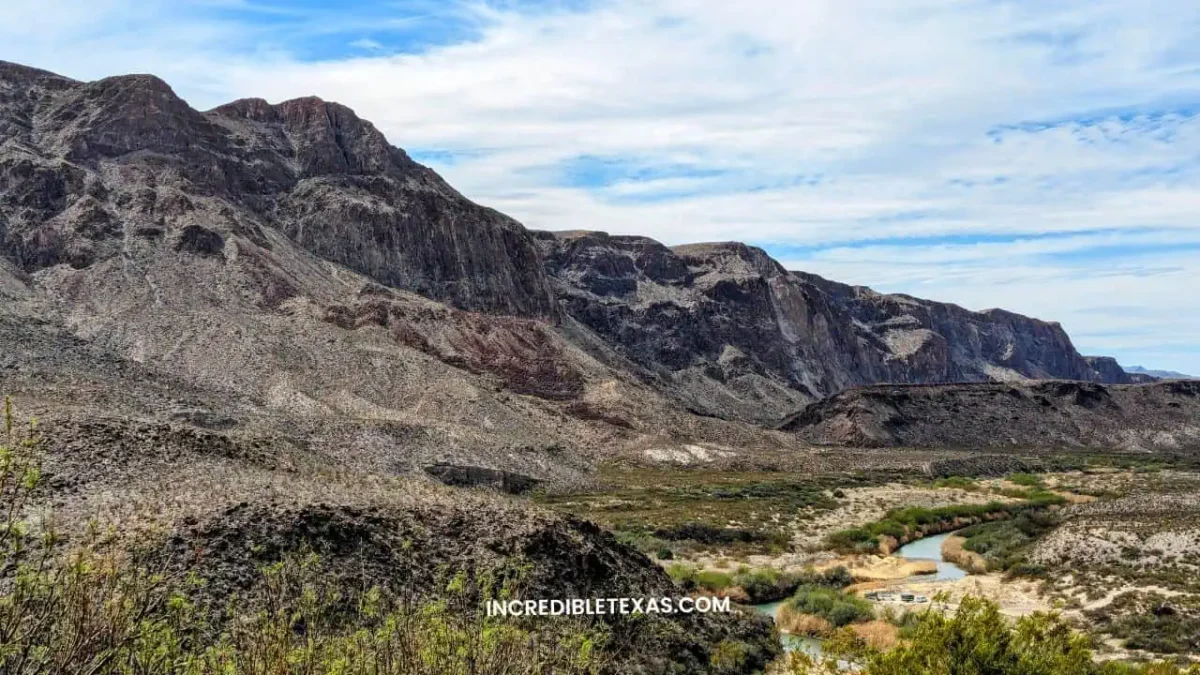
Big Bend Ranch State Park Loop
The Big Bend Ranch State Park Loop is a fantastic way to experience the park’s interior. This loop takes you through various landscapes, including rugged mountains, desert flats, and scenic overlooks. Highlights of this drive include:
- Sotol Vista: Offers expansive views of the desert and distant mountains, particularly stunning at sunset.
- Tuff Canyon: A great spot to park and explore the canyon carved out of white volcanic ash.
Driving through the park’s loop roads often requires a high-clearance vehicle, especially if you venture onto unpaved roads.
Best Overlooks for Panoramic Views
La Cuesta Overlook
La Cuesta Overlook provides sweeping views of the Chihuahuan Desert and the Rio Grande. This overlook is a perfect spot for sunrise and sunset photography, capturing the changing colors of the landscape. It’s accessible from FM 170 and offers a tranquil place to appreciate the park’s natural beauty.
Big Hill
Big Hill is another must-see spot along FM 170. The view from Big Hill is nothing short of spectacular, offering a panoramic vista of the Rio Grande snaking through the desert below. It’s a great place to stop, take a few deep breaths, and soak in the vastness of the Big Bend area.
See also: Top 10 Best Places for Camping Near San Antonio TX
Big Bend Ranch State Park Camping and Lodging
Big Bend Ranch State Park offers a variety of camping experiences, ranging from primitive backcountry sites to more equipped areas.
- Primitive Campsites: These are scattered throughout the park, offering solitude and a true wilderness experience. Some require a high-clearance vehicle to access.
- Equestrian Campsites: Specifically designed for visitors with horses, these sites provide ample space and access to trails suitable for horseback riding.
- Backcountry Sites: Ideal for those who enjoy hiking into more remote areas. These sites require a permit and a bit more preparation, as they are far from facilities.
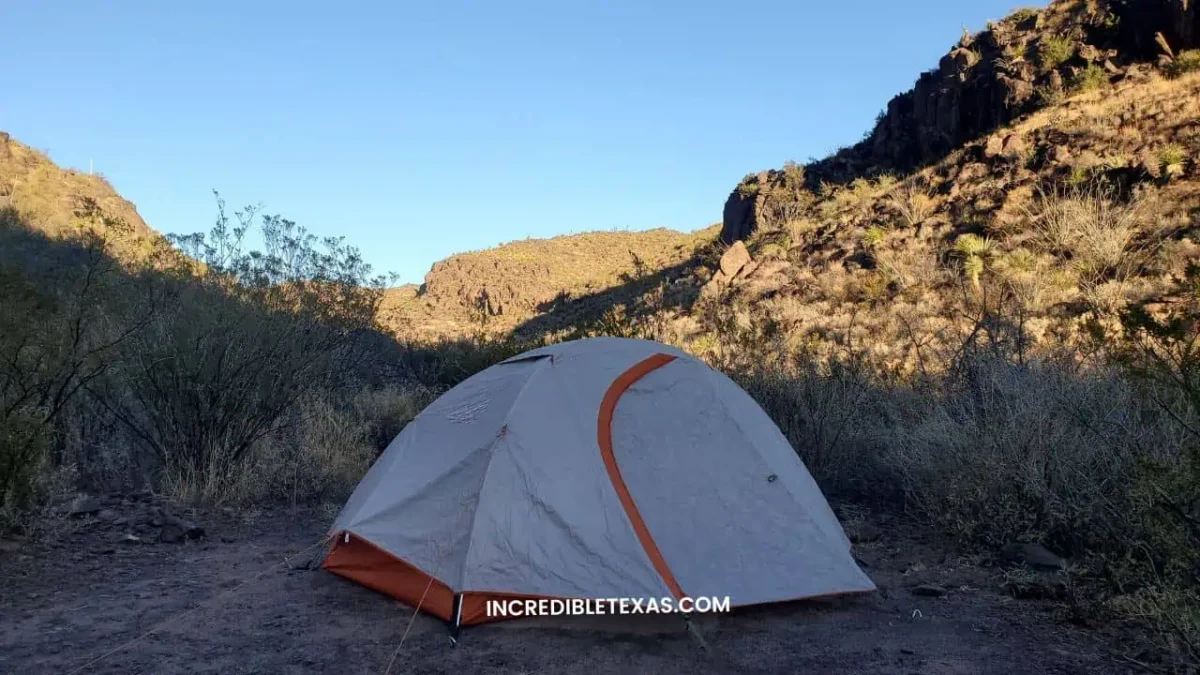
Popular Camping Areas
Sauceda Ranch Headquarters
Sauceda Ranch Headquarters is the hub of Big Bend Ranch State Park. Once a working ranch, it now serves as the main lodging and information center for park visitors. Here, you’ll find:
- Amenities: Showers, restrooms, a small store for maps and essentials, and a bunkhouse that can accommodate up to 30 people.
- Facilities: The bunkhouse is divided into male and female sections, with a shared dining hall and common area. It’s a great base for exploring the park or for groups who want a more communal experience.
- History: The ranch dates back to the early 1900s, and its buildings provide a glimpse into the region’s ranching past.
Primitive Campsites
Primitive Campsites in the park are perfect for those seeking solitude and a closer connection to nature. Some notable sites include:
- Los Ojitos Campground: Located near Los Ojitos Spring, this site is surrounded by cottonwood groves and is great for birdwatching. It’s accessible for RVs and offers beautiful desert views.
- La Monilla Campsite: Simple and quiet, with basic amenities like a picnic table and campfire ring. It’s close to challenging biking trails and the Rio Grande for water activities.
Lodging Options Within and Nearby the Park
Sauceda Lodge
Sauceda Lodge, also known as the bunkhouse, offers a rustic but comfortable stay right in the heart of the park. It’s a converted hunting lodge from the 1960s and provides basic accommodations ideal for groups or those not wanting to camp outdoors. The lodge includes:
- Separate sleeping areas for men and women
- A dining hall and shared common areas
- Access to the park’s main facilities, including showers and restrooms.
Nearby Hotels and Cabins
For those preferring more comfort, there are several options in nearby towns:
- Terlingua: Offers unique stays like the historic Terlingua Ghostown, with its eclectic mix of rustic cabins and modern amenities.
- Lajitas: The Lajitas Golf Resort provides luxurious accommodations and is situated between Big Bend Ranch State Park and Big Bend National Park. It’s perfect for those who want to mix adventure with a bit of pampering.
- Marathon: Home to the upscale Gage Hotel, which combines comfort with an authentic Texas feel. It’s a bit of a drive but offers a relaxing retreat after a day of exploring.
Big Bend Ranch State Park Historical and Cultural Sites
The park’s history begins with the Indigenous peoples who lived here over 10,000 years ago. These early inhabitants, including the Mescalero Apache and Comanche tribes, left behind numerous archaeological sites. These artifacts and sites tell stories of their hunter-gatherer lifestyles, spiritual beliefs, and survival strategies in the harsh desert environment.
Notable Historical Sites Within the Park
The Contrabando Movie Set
The Contrabando Movie Set is a fascinating glimpse into the park’s more recent history. Originally built in 1985 for the film “Uphill All the Way,” this set has been used in several movies, including “Streets of Laredo” and “Dead Man’s Walk.”
Located along the Rio Grande, near the western edge of the park, the movie set includes a collection of rustic buildings that blend into the surrounding desert landscape. Visiting this site offers a unique blend of Hollywood history and the rugged beauty of Big Bend.
Fresno Canyon Petroglyphs
The Fresno Canyon Petroglyphs are another significant historical feature of the park. These ancient rock carvings, created by Indigenous peoples, provide valuable insights into their daily lives, spiritual practices, and artistic expressions.
Preservation efforts are ongoing to protect these fragile artworks from natural and human damage. Visiting the petroglyphs offers a tangible connection to the park’s ancient past and the people who once called this land home.
Guided Tours and Educational Programs
To enhance your visit, consider joining one of the park’s guided tours or educational programs. These tours, led by knowledgeable guides, delve into the park’s history, geology, and ecology, providing a deeper understanding of the area’s significance.
Availability and How to Book
- Guided Tours: Available through the park’s visitor centers. Check in at the Fort Leaton State Historic Site or the Barton Warnock Visitor Center for schedules and availability.
- Educational Programs: Often offered seasonally and cover topics ranging from wildlife to astronomy, taking advantage of the park’s International Dark Sky designation.
- Booking: Call the visitor centers or check the Texas Parks and Wildlife website for the latest information and to make reservations.
See also: 15 Amazing Things to Do in Texas Hill Country
Big Bend Ranch State Park Star Gazing and Night Activities
Big Bend Ranch State Park is a premier destination for stargazing, offering some of the darkest skies in the United States. The park’s designation as an International Dark Sky Park highlights its commitment to preserving the night sky. This lack of light pollution makes it an ideal spot for both amateur and professional astronomers to observe celestial wonders.
Best Spots for Stargazing
Sauceda Airstrip
The Sauceda Airstrip is a favorite among stargazers for its expansive views and minimal light interference. Located centrally within the park, this spot provides an unobstructed 360-degree view of the night sky. It’s perfect for setting up telescopes and enjoying the tranquility of the desert night.
Big Hill Overlook
Another prime location is the Big Hill Overlook. Situated along FM 170, this overlook offers a stunning vantage point for night sky observations. The elevated position allows for clear views of the Milky Way and other celestial objects, making it a great spot for both stargazing and night photography.
Tips for Enjoying the Night Sky
Best Times for Stargazing
For the best stargazing experience, plan your visit around the new moon phases when the sky is darkest. Clear, cloudless nights are ideal, so check weather forecasts and the Clear Sky Chart before heading out. The summer months are particularly good for viewing the Milky Way, while winter offers crisp, clear skies for constellation spotting.
Equipment Recommendations
- Telescopes: A portable telescope can significantly enhance your stargazing experience. Consider a user-friendly model that is easy to set up and transport.
- Binoculars: Even a basic pair of binoculars can provide a closer look at celestial objects and enhance your viewing experience.
- Other Essentials: Bring a comfortable chair, a star map or app, and red-filtered flashlights to preserve your night vision. Dress warmly as desert nights can get chilly, even in the summer.
Plan Your Trip to Big Bend Ranch State Park
Big Bend Ranch State Park is located in far West Texas, along the U.S.-Mexico border. Here’s how to get there:
- By Car: The most common way to reach the park is by driving. From Alpine, Texas, head south on Highway 67 to Presidio, then take FM 170 east towards the park. Alternatively, from Terlingua, take FM 170 west. The drive from Alpine to Presidio takes about 1.5 hours, and from Terlingua to the park’s entrance is around 45 minutes.
- From Major Cities: If you’re coming from El Paso, expect a 5-hour drive (approximately 315 miles). From San Antonio, it’s about 7 hours (460 miles), and from Austin, it’s roughly 8.5 hours (520 miles).
Park Entrance Fees and Passes
Entering Big Bend Ranch State Park requires a nominal fee:
- Day Use Fee: $5 per person per day; children 12 and under are free.
- Annual Pass: Frequent visitors can purchase the Texas State Parks Pass for $70, which covers entrance fees for one year at all state parks.
- Permits: If you plan to camp, hike in the backcountry, or use the river, you’ll need to obtain the appropriate permits from the park’s visitor centers.
Essential Tips for First-Time Visitors
What to Bring
- Water: Bring plenty of water, especially if you plan on hiking or camping. The desert climate can be extremely dehydrating.
- Food and Snacks: There are limited food options within the park, so pack sufficient meals and snacks.
- Camping Gear: If you’re camping, ensure you have a tent, sleeping bag, portable toilet system, and any other essentials.
- Navigation Tools: Maps, GPS devices, and compasses are crucial as cell service is minimal.
- First Aid Kit: Always carry a basic first aid kit in case of emergencies.
Safety Precautions
- Weather Awareness: Check the weather forecast before your trip. Be prepared for extreme temperatures and sudden changes.
- Wildlife Caution: Be aware of local wildlife, including snakes and other potentially dangerous animals. Maintain a safe distance.
- Trail Safety: Stick to marked trails. Many trails are poorly marked, so it’s essential to have a good map and navigation tools.
Rules and Regulations
- Leave No Trace: Practice Leave No Trace principles. Pack out all trash, and do not disturb the natural environment.
- Fire Restrictions: Open fires are not allowed in the backcountry. Use portable stoves for cooking.
- Permits: Ensure you have the necessary permits for all activities, including camping, hiking, and river use.
Plan Your Trip
- Opening Hours: The park is open year-round. Visitor centers typically operate from 8 AM to 4:30 PM.
- Transportation: High-clearance, four-wheel-drive vehicles are recommended for many of the park’s roads.
- Accommodations: Options range from primitive camping within the park to lodges in nearby towns like Terlingua and Lajitas. The Sauceda Bunkhouse offers rustic lodging within the park.
Visiting Big Bend Ranch State Park requires some planning, but the rewards are immense. With its rugged beauty and remote solitude, it offers an unforgettable adventure in the heart of Texas’ desert wilderness.
See also: 50 Most Beautiful Places to Visit in Texas: Bucket List
Final Thoughts on Big Bend Ranch State Park
As our exploration of Big Bend Ranch State Park concludes, it’s clear that this Texas gem offers more than just a getaway—it promises an adventure that rejuvenates the spirit.
Before you pack your gear and head out, remember our tips to make the most of your visit. Big Bend Ranch is not just a destination; it’s an experience that echoes in your memories long after you’ve returned home.
Embrace the call of the wild and let the park’s majestic beauty inspire your next great adventure.
FAQs on Big Bend Ranch State Park
Is Big Bend State Park worth visiting?
Absolutely! Big Bend State Park offers a plethora of outdoor activities such as hiking, biking, fishing, stargazing, bird watching, river rafting, and horseback riding. Although it’s located 300 miles east of El Paso, Texas, making the journey can be quite an adventure. The park’s vast and beautiful landscape, combined with its range of activities, make it well worth the trip.
What is the difference between Big Bend State Park and Big Bend National Park?
Big Bend National Park is significantly larger and more developed compared to Big Bend Ranch State Park. The national park has paved, RV-friendly roads, large campgrounds, and amenities like a hotel and restaurant. In contrast, the state park is more rugged, with only one paved road (River Road, FM 170) along its southern boundary, and the campsites are primitive.
Why is Big Bend National Park famous?
Big Bend National Park is renowned for its geological wonders, including sea fossils, dinosaur bones, and volcanic dikes that decorate the desert landscape. The park is also celebrated for its biodiversity, ranging from the meandering river corridor to the sky island ridge tops that reach for the stars, making it a fascinating destination for nature enthusiasts.
What movies were filmed at Big Bend Ranch State Park?
Several notable films and TV shows have been filmed at Big Bend Ranch State Park, including:
- Boyhood (2014)
- Streets of Laredo (1995)
- The Three Burials of Melquiades Estrada (2005)
- Dead Man’s Walk (1996)
- Rio Diablo (1993)
- Gunsmoke: The Last Apache (1990)
- Kill or Be Killed (2015)
- A Fronteira (2003)
These productions have showcased the park’s stunning and rugged scenery, adding to its allure as a filming location.
